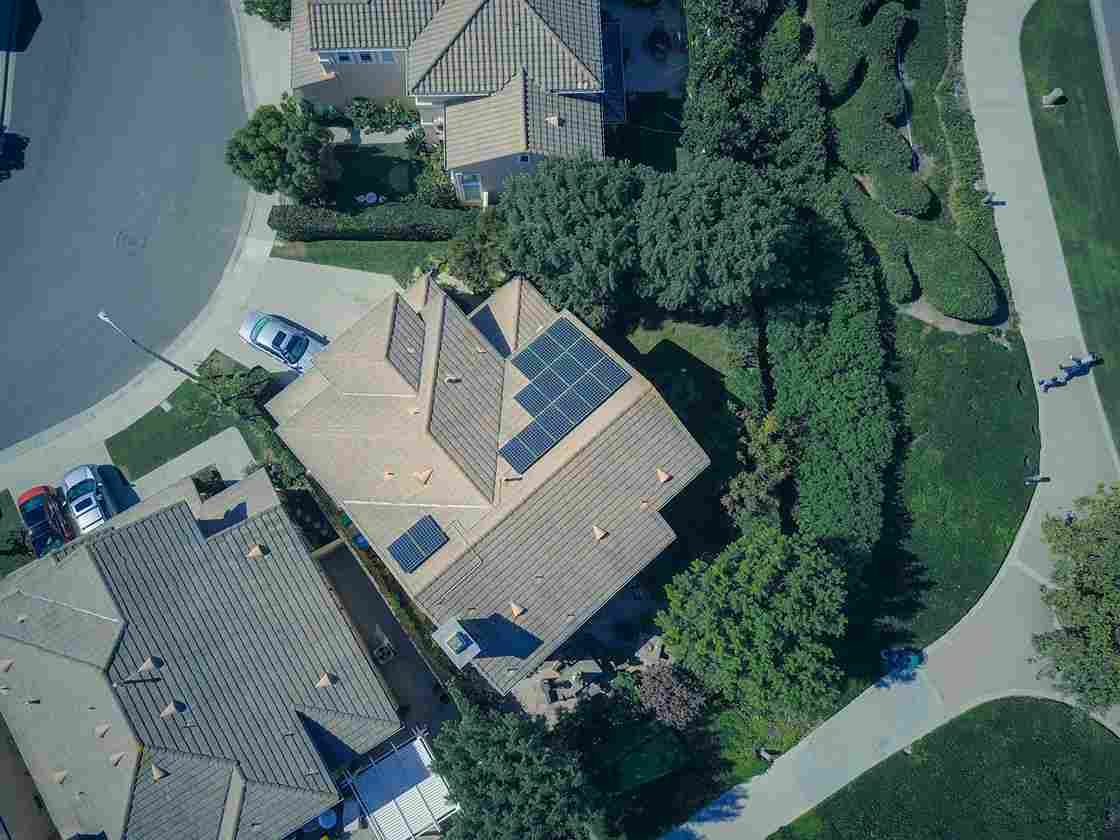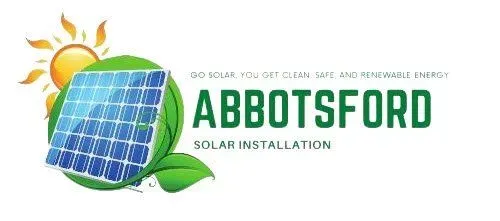Abbotsford Solar Installation
Simplifying Solar Finances With The Best Solar Installation Companies
When adopting renewable energy solutions, partnering with the best solar installation companies can simplify your transition to solar.
Along with the rising energy costs, recent news highlights the growing importance of insurance coverage for solar panel systems to ensure homeowners are protected from potential risks associated with their investments.
With the rise in extreme weather events, having a robust solar energy system has never been more crucial. Installing solar panels not only provides energy efficiency but also safeguards against unexpected expenses. Today, let’s explore how the right solar installation company can help you navigate financing to make the switch to PV systems more accessible and less daunting.
Solar Status in Canada: Quick Data Report
Canada’s solar industry is evolving rapidly, reflecting the global shift toward cleaner, more sustainable energy solutions. While the sun's potential varies across the country, Canada remains highly promising for photovoltaic (PV) growth, with central regions holding higher potential than the cloudier coastal areas.
In fact, panel installations could meet up to half of Canadian residential electricity needs by utilizing rooftops alone. Here’s a snapshot of Canada’s current PV status:
- Installed Capacity: Canada reached an impressive 6,452 megawatts in installed photovoltaic (PV) capacity.
- Electricity Generation: Installations nationwide generated approximately 4,323 gigawatt-hours, providing enough electricity to power over 470,000 Canadian homes.
- PV Thermal: Although still emerging, it is steadily expanding, with Canada reaching 920 megawatts of thermal capacity.
Market Growth & Future Trends
According to a solar energy market analysis, the Canadian PV market is expected to grow by CAD 3.137 billion between 2023 and 2028 at a compound annual growth rate of 24.16%. Here are the key factors driving this expansion:
- Government Support: Federal and provincial governments are actively promoting energy solutions with incentives to boost renewable adoption and reduce greenhouse gas emissions.
- Flexible Payment Models: The introduction of pay-as-you-go (PAYG) models by companies makes installations more accessible and affordable for homeowners.
- Alternative Power Systems: While solar power systems face competition from wind and hydroelectric, the unique benefits of sunlight make it a valuable part of the renewable mix.
Despite the high upfront charges and the intermittency of the PV technology, these advances are paving the way for increased adoption across Canada. With the right installers and continued advancements in equipment, Canadian homes are well-positioned to welcome a future fueled by clean energy.
Costs Associated with Solar System Installation Process
Solar panels cost can fluctuate based on factors like location, system size, and applicable incentives. Understanding these costs is important if you're considering this investment.
| Cost per Watt | The average price ranges from $2.50 to $3.50 per watt, with a national average of about $3.01 per watt. For example, a 7.5-kW system would commonly cost around $22,500. |
| Regional Variations | Prices can vary depending on the region. In British Columbia, the average cost is $2.77 per watt. |
| Installation Components | The total cost includes not just the panels but also essential equipment like mounting hardware and inverters, which convert the generated DC to usable AC power. |
| Labour Costs | Hiring professional installers adds to the overall cost, as installation can be complex and time-consuming. |
| Backup Battery Solutions | If you want to install a backup battery system for off-grid solutions, prices can increase, ranging from $15,000 to $20,000. |
| Government Incentives | Although the Canada Greener Homes Grant has ended, homeowners can still apply for loans and other incentives that may help offset costs. |
Overall, the initial investment is substantial, which not all homeowners can afford upfront. That's why local companies offer packages to reduce the burden on finances.
How Companies Simplify The Costs
The best companies simplify the financial journey by offering streamlined services and support throughout each step of the process. Working with certified solar installers ensures you not only receive quality service but also experience a smoother financial setup.
- Consultation Services: Many companies offer free or low-cost consultations where installers assess your home’s sunlight potential and provide a clear financial breakdown.
- Customized Design and Proposal: Some companies create tailored designs based on your needs and roof structure. Abbotsford Solar Installation, for example, provides transparent quotes so you know exactly what to expect financially before moving forward.
- Permit and Paperwork Handling: Navigating permits can be complex and time-consuming, but reputable companies include this as part of their service. They handle the permit applications, utility approvals, and incentive paperwork to reduce stress and delays.
- Flexible Financing Options: Most companies offer leases, power purchase agreements (PPAs), and loans, so homeowners can pick a plan that aligns with their budget and financial goals.
Financial Advantages of Going Solar
Investing in PV systems offers numerous financial benefits that make it an attractive option for homeowners. Sun power is perpetually available as a renewable source and generates zero carbon emissions, setting it apart from fossil fuels. The environmental benefits help reduce your carbon footprint.
- Lower Electricity Bills: Homeowners who install PV components see a reduction in their electricity bills. Some may even generate excess power to sell back to their utility grid, creating an income stream rather than a monthly expense.
- Rebates and Incentives: You may qualify for federal or provincial rebates and incentives depending on your location. Maximizing these programs can further enhance your return on investment.
- Increased Home Value: Homes equipped with PV array can fetch a premium of up to $15,000 more than comparable homes without PV systems, making insolation a smart investment for resale.
- Low Maintenance Costs: Maintenance is minimal, with no moving components. It only requires regular cleaning to maintain optimal performance.

Install Solar Panels with the Right Company
When it comes to switching to clean power, partnering with the best company is essential for both residential and commercial customers. The right company provides end-to-end support to make the transition smooth and accessible.
By investing in panel technology, you can reduce electricity costs, increase property value, and contribute to a cleaner environment. If you're ready to make the switch, contact Abbotsford Solar Installation today to see how simple and affordable a PV system can be for you.
Frequently Asked Questions
Are grid-tied systems more affordable than off-grid systems?
Yes, grid-tied systems are generally more affordable than off-grid systems. Grid-tied setups connect directly to the local utility grid. They allow homeowners to offset energy costs by drawing power from the grid when production is low and sending excess power back when it’s high.
This eliminates the need for expensive backup batteries in off-grid systems, which need consistent storage to supply power during low-sunlight periods.
Are cheap PV modules worth it?
With advances in photovoltaic technology and decreasing costs, affordable panels are now within reach for many homeowners. Cheap panels can be worthwhile if they meet your needs and provide sufficient output based on location and sun exposure.
Consider whether the lower upfront cost will still allow for a reasonable break-even point in savings. As long as the panels offer the necessary efficiency and durability, budget-friendly options can make going solar more accessible without compromising long-term value.
What type of PV panels is the most affordable?
The most affordable panels balance upfront costs with the ability to effectively meet your needs. This can vary depending on individual requirements and budget priorities.
From an initial cost perspective, thin-film panels are generally the least expensive to purchase, followed by polycrystalline panels, with monocrystalline panels being the most costly. Each type has its advantages, so choosing the ideal option depends on your specific needs for efficiency, durability, and budget.
